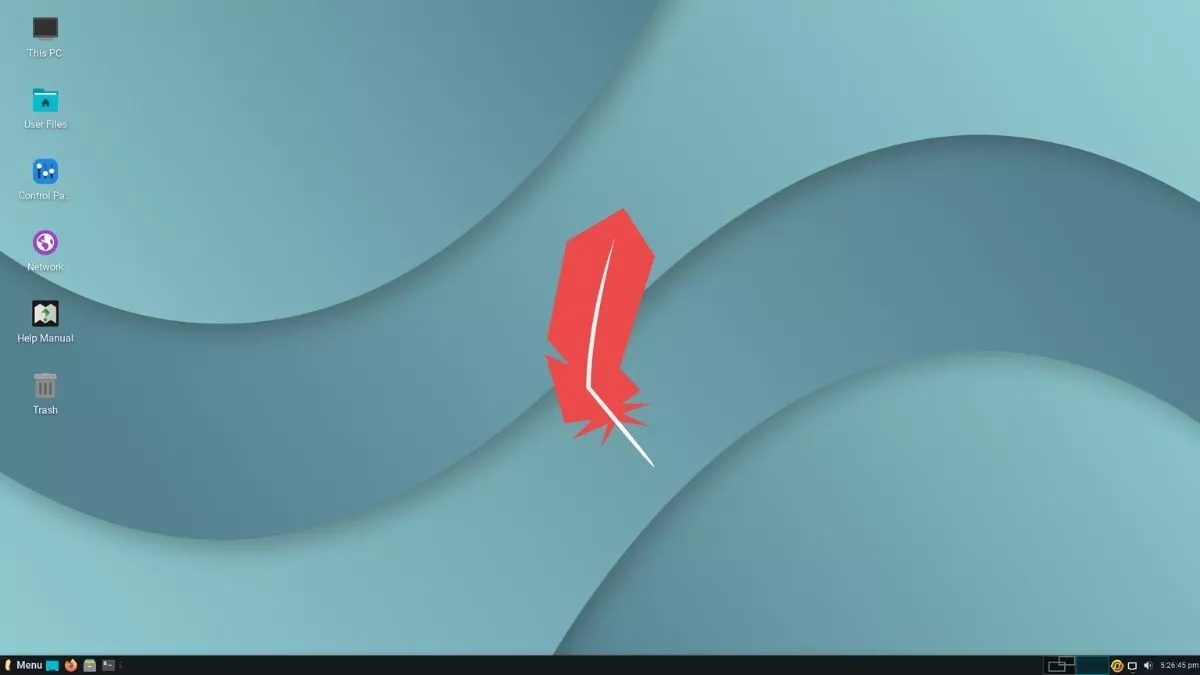Hello all. So today, I have thought today of changing to Linux cause my hardware is going too old overtime very quickly and isn't capable of running Windows 10 at a very good speed with the best performance settings applied possibly that I can change... So that's the reason I am now wanting to switch to Linux.
But here, the problem is that I am totally a newbie to Linux, that I don't know about any commands and what they do. And it is also worth mentioning that I have a very old PC that is not very good. So I want a lightweight Linux distribution made for beginners.
I expect these features:
-) Has a desktop environment out-of-the-box
-) Is easy to install apps ie. has an app store (like Gnome Software)
-) Doesn't need to type commands for daily usage (Uninstalling apps, Update settings, Get reports of hardware, etc..)
-) Is very lightweight in resource consumption
My PC's specifications are:
-) Intel Core 2 Duo E4400 Dual-Core Processor clocked at 2.00GhZ
-) 2GB DDR2-333MhZ RAM
-) 256MB Intel 82945G Express Chipset Family
-) 160GB 7200RPM Seagate Barracuda HDD (To be honest, I am not willing to cheap out on storage to install the OS, more information below)
-) 1366x768@60Hz Resolution support
So what I will be doing first is, I will install the distro you recommended aside Windows 10 for Dual Booting and if I am satisfied, I will clean install my PC with the Linux distro. So I want a Linux Distro that is good for beginners and is lightweight! I recommend any distro that is around 4GB of size but not higher than 5GB.
Thank you,
Best,
Krish KM.
But here, the problem is that I am totally a newbie to Linux, that I don't know about any commands and what they do. And it is also worth mentioning that I have a very old PC that is not very good. So I want a lightweight Linux distribution made for beginners.
I expect these features:
-) Has a desktop environment out-of-the-box
-) Is easy to install apps ie. has an app store (like Gnome Software)
-) Doesn't need to type commands for daily usage (Uninstalling apps, Update settings, Get reports of hardware, etc..)
-) Is very lightweight in resource consumption
My PC's specifications are:
-) Intel Core 2 Duo E4400 Dual-Core Processor clocked at 2.00GhZ
-) 2GB DDR2-333MhZ RAM
-) 256MB Intel 82945G Express Chipset Family
-) 160GB 7200RPM Seagate Barracuda HDD (To be honest, I am not willing to cheap out on storage to install the OS, more information below)
-) 1366x768@60Hz Resolution support
So what I will be doing first is, I will install the distro you recommended aside Windows 10 for Dual Booting and if I am satisfied, I will clean install my PC with the Linux distro. So I want a Linux Distro that is good for beginners and is lightweight! I recommend any distro that is around 4GB of size but not higher than 5GB.
Thank you,
Best,
Krish KM.




